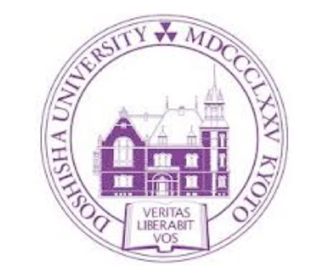|
I'm really looking forward to presenting at my first conference in Japan. I just found out that I've been accepted to present at the Anthropology of Japan in Japan conference. This conference is being held at the Doshisha University, which is in Kyoto.
As I'll only have been in Japan for a few weeks, I intend to present on the findings from one of my PhD dissertation chapters on the education of yoga consumers within the Shanti Mandir social network. The title of my talk is: How to become a Śāntamūrti (embodier of quietude): Ethnographic observations from within the Temple of Peace (Shanti Mandir) social network. Abstract This paper provides an overview of the socialisation process within the social network of the ‘Temple of Peace’ organisation. Shanti Mandir is a new religious movement founded in 1987 by the current spiritual head, Swami Nityānanda Saraswati. The social network consists of thousands of people spread across a global network of devotees. During multiple visits between 2009 and 2013, I conducted ethnographic fieldwork in the organisation’s main ashram (cloistered community), which is located on the west coast of India, Gujarat. I met thousands of people from all across the globe who came to be educated on how to perform and embody a particular disposition, and establish an internal definition of self based on the ‘authentic’ and ‘legitimate’ yogic identity promoted by Shanti Mandir (cf. Jenkins 1994). In this paper I ask the following question: What makes the groups different? I answer this question through employing Legitimation Code Theory’s first analytical dimension, namely, Specialisation. This is done to identify the various ways in which the symbolic exchanges of capital between the groups occur, how the internal nature of the competition for status and recognition determines legitimate participation, and how the distinct hierarchies operate based on observations of the spatial and gendered relations between the groups. This demonstrates that the hieratic structure of the network is not linear; but, instead, it can be understood as a three-sided pyramid. Each group works interdependently to support the guru’s mission, yet engages in intra-group competitions for status and symbolic resources towards becoming ‘authentic’ members. Jenkins, R. 1994. "Rethinking Ethnicity: Identity, Categorization and Power." Ethnic and Racial Studies 17, 2:197-223.
0 Comments
Your comment will be posted after it is approved.
Leave a Reply. |
CategoriesArchives
November 2019
|
 RSS Feed
RSS Feed

